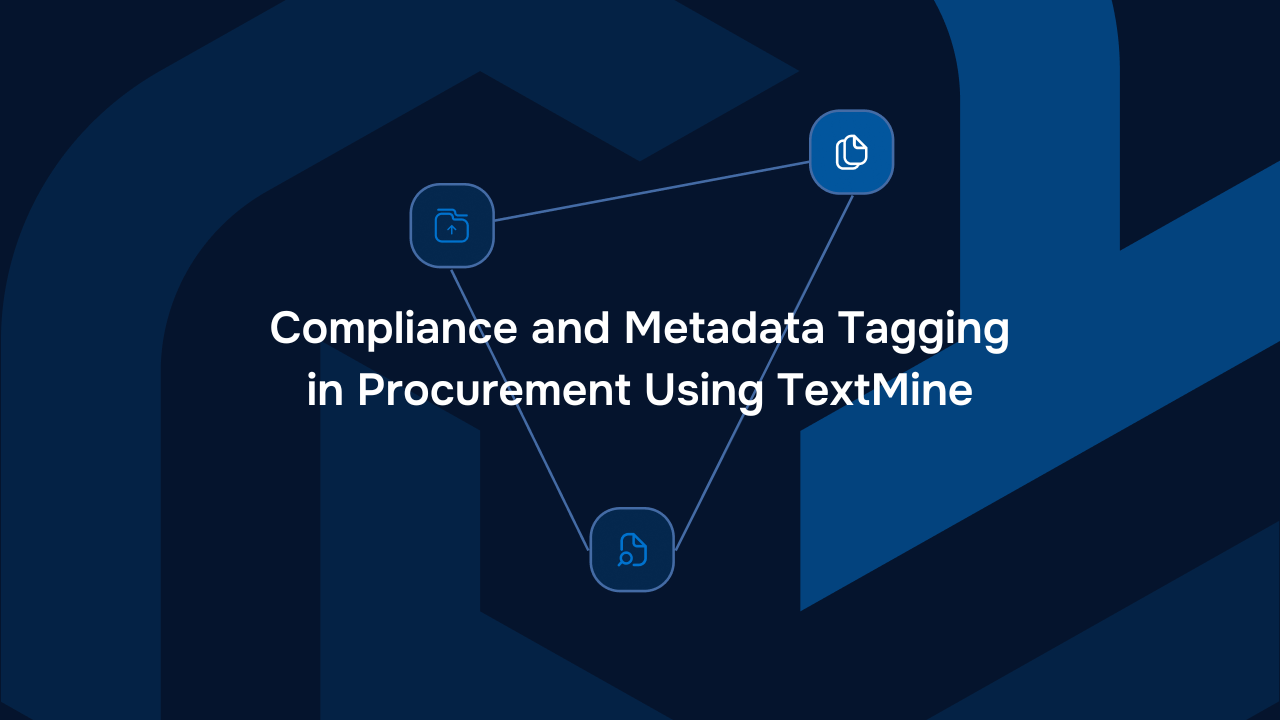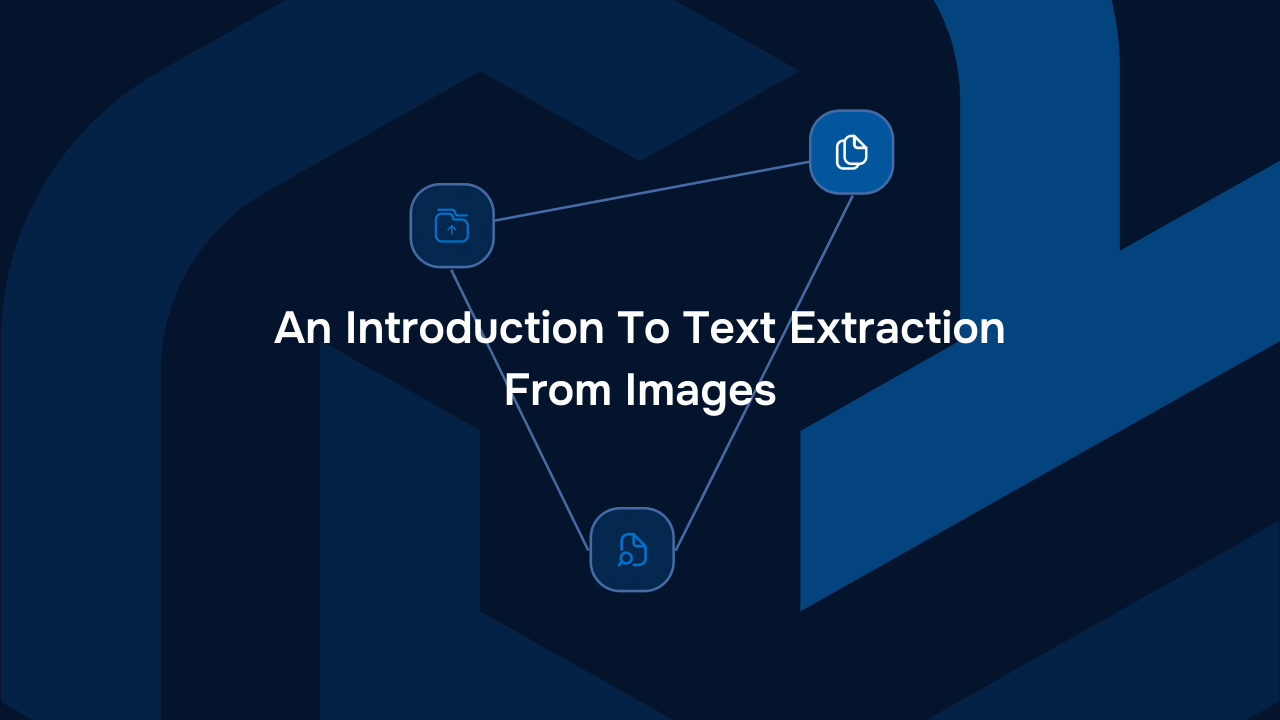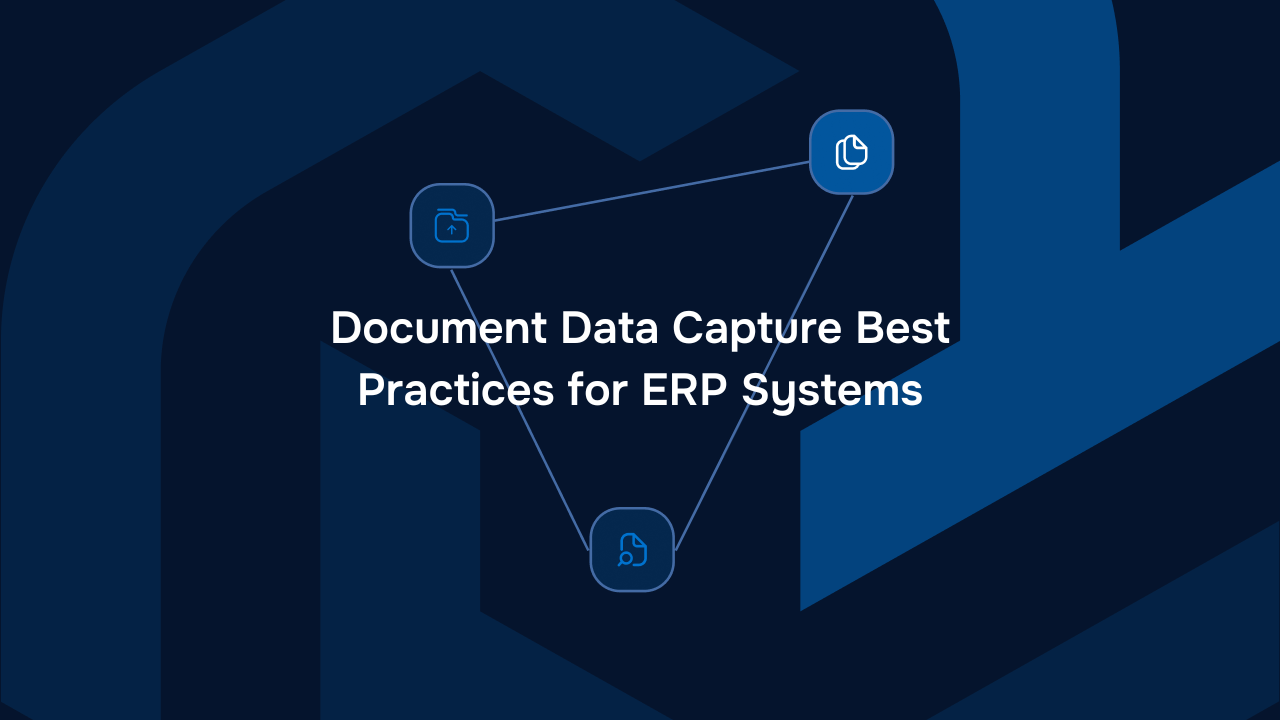Should You Build or Buy Your LLM?


The success of Chat GPT has encouraged businesses to look into deploying their very own use cases involving Large Language Models (LLMs). Enterprises have two main options for deploying LLMs: working with third party providers such as Open AI or TextMine and building your own LLM implementation using open source models. Both options have their benefits and drawbacks, and the decision needs to be made based on the unique needs and challenges of the business.
In this article, we break down everything you need to know when deciding whether to build or buy an LLM. We’ll cover:
- What to consider when building an LLM
- Potential drawbacks of building an LLM
- Considerations when buying an LLM
- Potential drawbacks to buying an LLM.
Should You Build or Buy Your LLM?
When deciding to incorporate an LLM into your business, you’ll need to define your goals and requirements.
While creating your own LLM offers more control and customisation options, it can require a huge amount of time and expertise to get right. Moreover, LLMs are complicated and expensive to deploy as they require specialised GPU hardware and configuration. Fine-tuning your LLM to your specific data is also technical and should only be envisaged if you have the required expertise in-house.
On the other hand, while a ready-made LLM may be more cost-effective and take up less of your time, the customisation may not be perfect – not to mention concerns regarding data privacy!
The Factors to Consider When Building Your LLM
If you decide to build your own LLM implementation, make sure you have all the necessary expertise and resources.
In-house Expertise and Resources
Choosing the build option means you’re going to need a team of AI experts who are able to understand and implement the latest generative AI research papers. It’s also essential that your company has sufficient computational budget and resources to train and deploy the LLM on GPUs and vector databases.
Customisation and Control
When making your choice on buy vs build, consider the level of customisation and control that you want over your LLM. Building your own LLM implementation means you can tailor the model to your needs and change it whenever you want. You can ensure that the LLM perfectly aligns with your needs and objectives, which can improve workflow and give you a competitive edge.
Data Privacy and Security
If your business deals with sensitive information, an LLM that you build yourself is preferable due to increased privacy and security control. You retain full control over the data and can reduce the risk of data breaches and leaks. However, third party LLM providers can often ensure a high level of security and evidence this via accreditations. In this case you should verify whether the data will be used in the training and improvement of the model or not.
The Downsides and Challenges of Building Your LLM
While building your own LLM has a number of advantages, there are some downsides to consider.
Time and resource investment
Building an LLM from scratch takes significant time and resources. For smaller businesses, the setup may be prohibitive and for large enterprises, the in-house expertise might not be versed enough in LLMs to successfully build generative models. The time needed to get your LLM up and running may also hold your business back, particularly if time is a factor in launching a product or solution.
Model performance and optimisation
To achieve optimal performance in a custom LLM, extensive experimentation and tuning is required. This can take more time and energy than you may be willing to commit to the project. You can also expect significant challenges and setbacks in the early phases which may delay deployment of your LLM. You'll also have to have the expertise to implement LLM quantization and fine-tuning to ensure that performance of the LLMs are acceptable for your use case and available hardware.
Maintenance and updates
A custom LLM needs to be continually monitored and updated to ensure it stays effective and relevant and doesn’t drift from its scope. It will need regular training on new data. You’ll also need to stay abreast of advancements in the field of LLMs and AI to ensure you stay competitive. You will also need to consider other factors such as fairness and bias when developing your LLMs.
The Factors to Consider When Buying Your LLM
When choosing to purchase an LLM for your business, you need to ensure that the one you choose works for you. With many on the market, you will need to do your research to find one that fits your budget, business goals, and security requirements. Let’s take a closer look at some of the considerations.
Time-to-market and convenience
Purchasing an LLM is a great way to cut down on time to market - your business can have access to advanced AI without waiting for the development phase. You can then quickly integrate the technology into your business - far more convenient when time is of the essence.
Cost-effectiveness
While the cost of buying an LLM can vary depending on which product you choose, it is often significantly less upfront than building an AI model from scratch.
This makes it more attractive for businesses who would struggle to make a big upfront investment to build a custom LLM. Many subscription models offer usage-based pricing, so it should be easy to predict your costs.
Vendor reputation and support
When making your choice, look at the vendor’s reputation and the levels of security and support they offer. A good vendor will ensure your model is well-trained and continually updated.
They should also offer significant support, particularly in the early stages of integrating the technology into your business.
The Downsides and Challenges of Buying Your LLM
Although in many ways buying an LLM is more cost-effective and simpler, there are some downsides.
Customisation
While buying an LLM allows for some customisation, they won’t have the same level of flexibility as a custom option.
This can impact on user experience and functionality, which can impact on your business in the long term.
Data privacy concerns
If your business handles sensitive or proprietary data, using an external provider can expose your data to potential breaches or leaks. If you choose to go down the route of using an external provider, thoroughly vet vendors to ensure they comply with all necessary security measures.
Conclusion
In the end, the question of whether to buy or build an LLM comes down to your business's specific needs and challenges. While building your own model allows more customisation and control, the costs and development time can be prohibitive. Moreover, this option is really only available to businesses with the in-house expertise in machine learning. Purchasing an LLM is more convenient and often more cost-effective in the short term, but it comes with some tradeoffs in the areas of customisation and data security.
About TextMine
TextMine is an easy-to-use data extraction tool for procurement, operations, and finance teams. TextMine encompasses 3 components: Legislate, Vault and Scribe. We’re on a mission to empower organisations to effortlessly extract data, manage version controls, and ensure consistency access across all departments. With our AI-driven platform, teams can effortlessly locate documents, collaborate seamlessly across departments, making the most of their business data.

Newsletter
Blog
Read more articles from the TextMine blog


From Complexity to Clarity: Transforming Supplier Agreement Analysis with AI


Compliance and Metadata Tagging in Procurement Using TextMine


An Introduction To Text Extraction From Images






